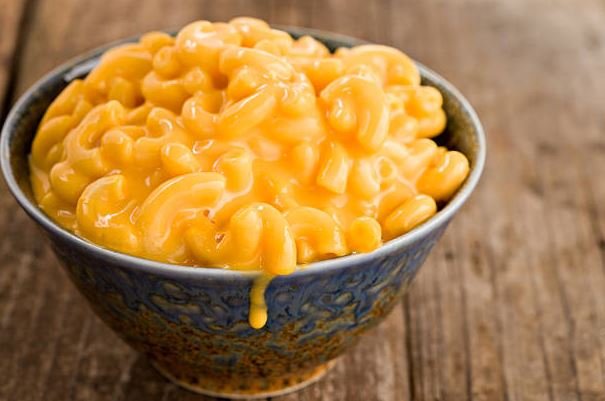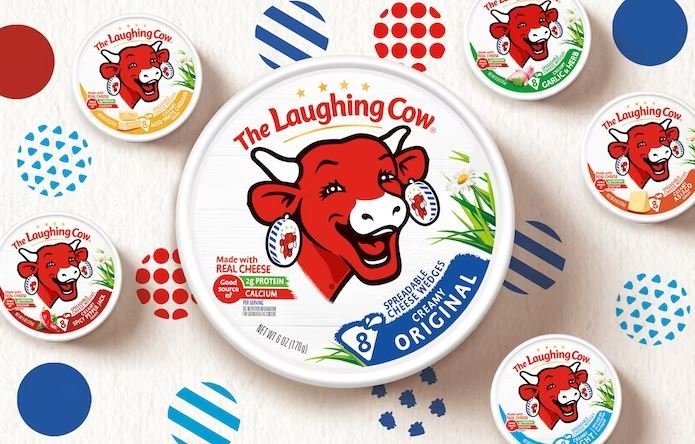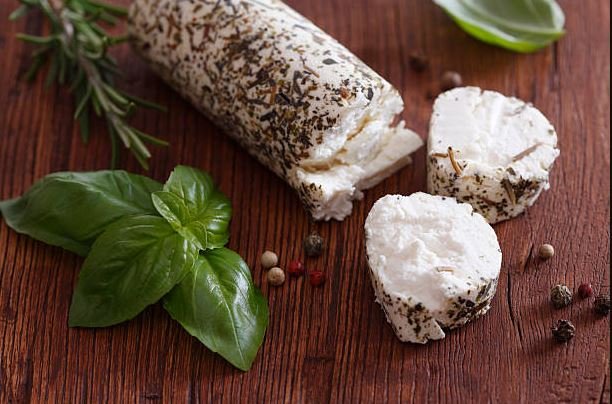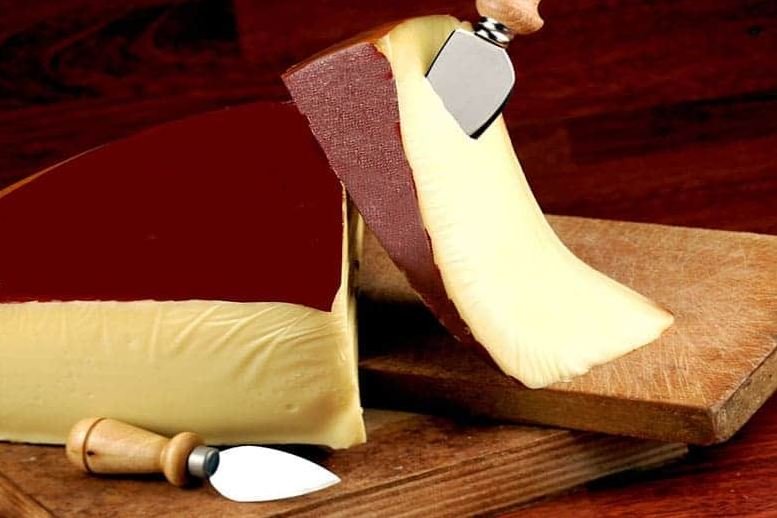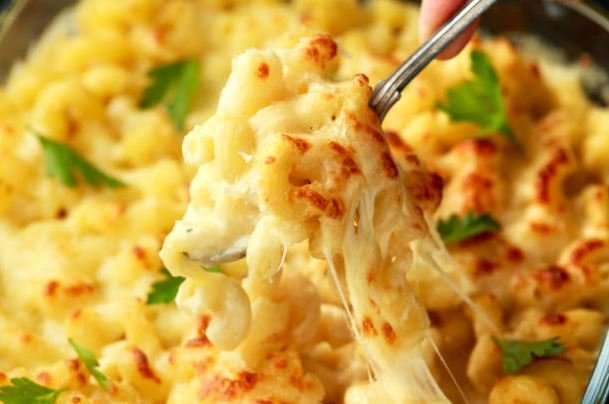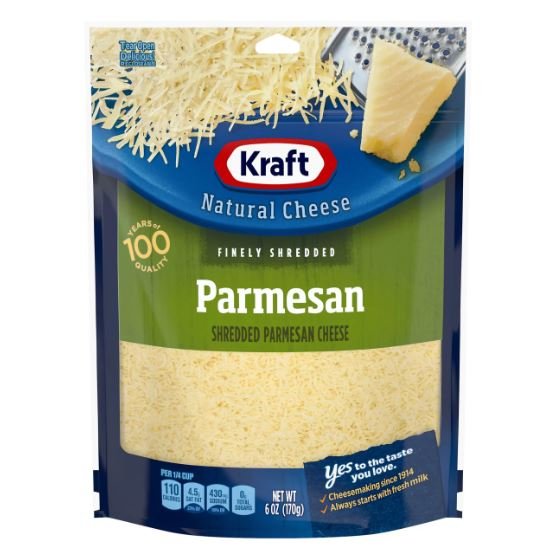Most people’s diets include some form of American Cheese as a regular component. Even macaroni and Cheese can benefit from the addition of pepper jack cheese.Kraft Blue Cheese Dressing is a delicious, creamy dressing that goes well on salads or dips for veggies and chips. It’s also great for dipping wings, chicken tenders, and fries.However, is
American cheese keto-friendly or not? You may be surprised by the answer! For those just starting on a keto diet or looking for a refresher, here is all the information you need to know about eating Kraft Blue Cheese on the Keto diet!
Kraft Blue Cheese Dressing is not keto-friendly. It contains sugar and soybean oil, which are not allowed on keto. It has 60 calories per serving, with 10 grams of fat.If you’re following a keto diet, you’ll want to avoid this product because it contains too many carbs to be considered keto-friendly.Kraft Chunky Blue Cheese Dressing is high in carbs (6.67g of net carbs per 100ml serving), making it unsuitable for a keto diet. A ketogenic diet is low-carb, moderate-protein, and high-fat, aiming to put the body into a metabolic state called ketosis. Keto diets are often used for weight loss and therapeutic purposes like epilepsy.If you’re on a keto diet, you must avoid foods containing sugar or added sugar (like Kraft Chunky Blue Cheese Dressing).Blue cheese dressing is one of those things that’s hard to give up on keto. It’s great with salads, chicken wings, and even burgers. But it can be tricky because some brands have added sugar or other ingredients that aren’t keto-friendly.Since Kraft Blue Cheese Dressing Isn’t Keto Friendly, you can try out another Keto-friendly sweetener like plant-based sweetness from Truvia or no calories, just natural sweetness from Pure Cane.
American Cheese On Keto: Everything You Need To Know
American Cheese is processed Cheese made with milk, whey, fat, protein concentrate, and dried milk. It is considered “American” due to its construction, taste, and production in the United States.The product uses heat, pressure, and emulsifying salts (citric acid, sodium citrate, sorbic acid).According to the FDA product standards, American Cheese must be at least 51% real cheese by weight. The remainder can contain water, milk proteins such as casein or whey proteins, oil, and artificial coloring.The color, flavor, and texture of American Cheese can vary greatly depending on the
type of Cheese used and the additions added to the Cheese.Kraft Foods holds a trademark on the term “Kraft Singles” concerning this product.
Is American Cheese Bad for You?
Pasteurized Processed American Cheese is one of the most versatile and long-lasting foods. It’s a staple at many restaurants and can be found on almost any grocery store shelf. Many people like to
grill or cook with American Cheese, but some think American Cheese is bad for you. Is American Cheese terrible for you?The answer depends on how much you eat and your diet. Pasteurized Processed American Cheese isn’t as healthy as other cheeses, but it’s not necessarily bad for you. It is made from milk, water, cream, and Cheese culture; it contains less fat than most
cheeses but lower protein and calcium.The National Dairy Council says a serving of American Cheese (about 1 ounce) has 100 calories, 8 grams of protein, and 300 milligrams of calcium. By comparison, the same size serving of cheddar
cheese has 113 calories, 6 grams of protein, and 204 milligrams of calcium.American Cheese is often used as a substitute for other kinds of Cheese because it melts quickly and doesn’t separate when heated. This makes it ideal for
grilled cheese sandwiches or melting on top of hamburgers or hot dogs. It’s also suitable for cooking because it doesn’t curdle at high temperatures.When you think of American Cheese, you probably think of the plastic-wrapped, yellowish-orange slices often described as “cheese food” or “cheese product.” These slices are not technically American Cheese but have roots in the original American Cheese.
What Should You Know About Keto?
Keto, short for “ketogenic,” is a high-fat, moderate-protein, and low-carb diet. In dieting, “keto” usually refers to ketogenic dieting.Ketogenic diets are characterized by a state known as “ketosis.” When the body uses fat for energy, it enters ketosis. Keto diets aim to induce this state in their practitioners by limiting carb intake. This can have many positive effects on weight, health, and performance.Ketogenic diets typically result in the body using primarily fat for fuel instead of glucose (sugar). This puts the body into a metabolic state called ketosis. Ketosis is not inherently dangerous, as some people assume; it is simply when the body uses different fuel than normal.In dozens of studies, ketosis has been linked with weight loss and improved health markers. It’s generally considered safe for most people if done correctly under medical supervision. But some people should not try a keto diet, including pregnant women and those with certain medical conditions.Here are some of the things that happen to your body when you’re in ketosis:
- You lose weight fast, especially from fat stores around your belly
- Your hunger pangs disappear
- Your energy levels skyrocket – both mentally and physically
- You sleep better at night
- Your skin clears up
- Your risk factors for heart disease and diabetes drop dramatically
If you’re living a keto diet, a few things are as important as strictly limiting the amount of sugar you consume. A staple condiment like Kraft Blue Cheese Dressing will quickly throw you out of ketosis, sliding your efforts to work towards your weight loss goal back further in the process. In other words, if you want to stay keto, it’s best not to have any Kraft Blue Cheese salad dressing with your salad.
Conclusion
While Kraft Blue Cheese Dressing is a tasty addition to salads and other dishes, it may not be the best option for those following a strict ketogenic diet. The dressing contains moderate carbs, with some variations containing added sugars and other ingredients that can contribute to carb count.If you’re following a ketogenic diet, it’s important to carefully track your carb intake and choose dressings that fit into your daily macros. Luckily, plenty of keto-friendly dressing options are available, including homemade dressings made with healthy fats like olive oil and avocado.




